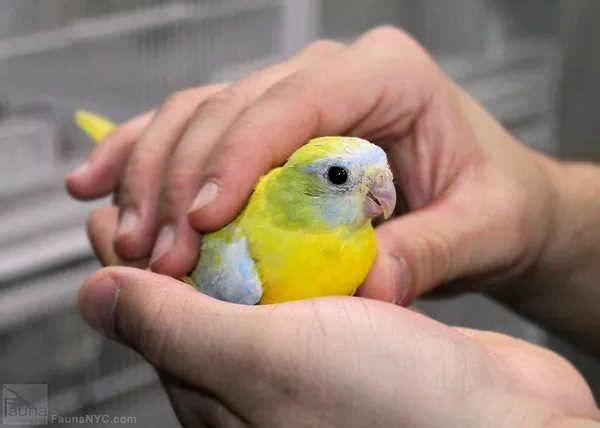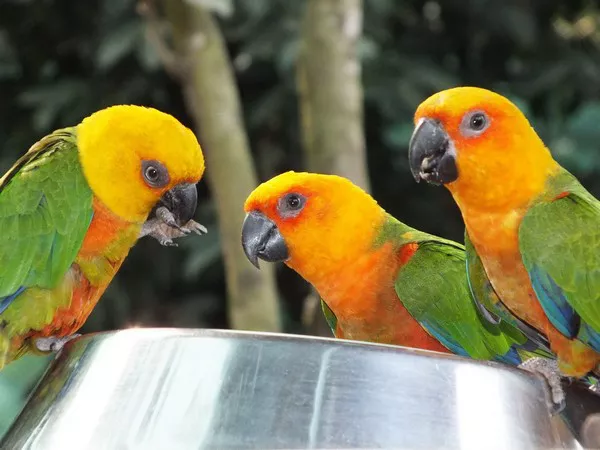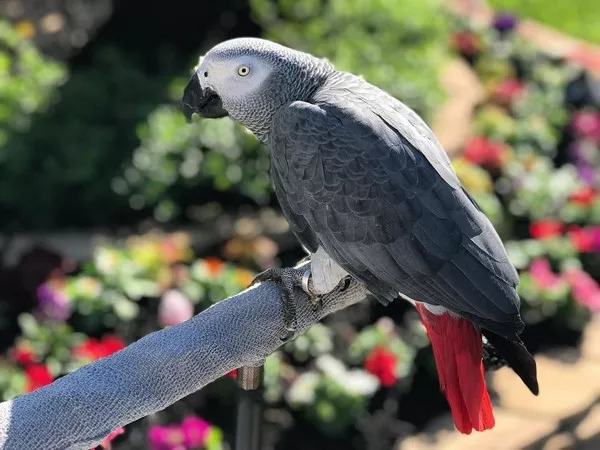Indian Ringnecks (Psittacula krameri manillensis) are popular and captivating parrot species known for their vibrant plumage, exceptional intelligence, and engaging personalities. For bird enthusiasts considering expanding their avian family, it’s crucial to select suitable companions that will coexist harmoniously with Indian Ringnecks. In this article, we will explore the compatibility of Indian Ringnecks with various bird species, shedding light on potential feathered friends that can share a living space with these charming parrots.
Understanding Indian Ringnecks
Before delving into potential avian companions, it’s essential to grasp the nature of Indian Ringnecks. These parrots are renowned for their social nature, high intelligence, and playful demeanor. They thrive on interaction, mental stimulation, and a structured environment. Recognizing these characteristics is crucial when considering compatible bird species.
1. Indian Ringnecks and Other Parrot Species
Indian Ringnecks generally get along well with other parrot species. However, introductions should be gradual, and close supervision is necessary during the initial stages. Compatible parrots include conures, cockatiels, and lovebirds. These species share similar social needs and energy levels, enhancing the likelihood of a harmonious living arrangement with Indian Ringnecks.
2. Cockatiels: A Feathered Harmony
Cockatiels and Indian Ringnecks often form strong bonds due to their similar size, sociable nature, and gentle demeanor. Both species thrive on human interaction, making them compatible companions. Ensuring an adequately spacious enclosure and providing ample toys can contribute to a joyful coexistence.
3. Conures: Energetic Playmates
Conures, with their lively personalities and vibrant colors, can be excellent companions for Indian Ringnecks. These birds share a zest for life, making their interactions dynamic and entertaining. Supervised playtime outside the cage can strengthen their bond and promote a positive social environment.
4. Lovebirds: Compact Companions
Lovebirds, known for their affectionate nature and charming size, can make delightful companions for Indian Ringnecks. Their small stature allows them to coexist in the same space without triggering territorial issues. It’s essential to introduce them carefully and monitor their interactions to ensure a smooth integration.
5. Finch and Budgie Companionship
For bird enthusiasts with a diverse aviary, introducing finches or budgies alongside Indian Ringnecks can create a lively and visually appealing environment. The key lies in providing ample space and ensuring that the birds have their designated areas for privacy. Careful observation is essential to identify any signs of stress or discomfort.
6. Size Matters: Considerations with Larger Parrots
While Indian Ringnecks can get along with larger parrot species, caution is advised. Introducing them to larger parrots, such as Macaws or African Greys, requires meticulous supervision due to potential size-related conflicts. Ensuring adequate space, separate feeding areas, and monitoring their interactions are essential for a safe living environment.
7. The Importance of Compatibility Testing
Before committing to a permanent living arrangement, it’s advisable to conduct compatibility testing in a controlled environment. This involves supervised interactions between Indian Ringnecks and potential companions. Pay close attention to body language, vocalizations, and overall behavior to gauge the birds’ comfort levels and compatibility.
8. Individual Personalities: A Decisive Factor
Just like humans, birds have distinct personalities. When introducing a new feathered friend to your Indian Ringneck, consider the individual temperament of both birds. Some parrots may be more tolerant and adaptable, while others may exhibit territorial behavior. Understanding these nuances can significantly contribute to a successful introduction.
9. Creating a Bird-Friendly Environment
To foster a harmonious living environment for Indian Ringnecks and their companions, it’s crucial to create a bird-friendly space. This includes providing an adequately spacious cage, stimulating toys, and separate feeding stations. Ensuring each bird has its designated perches and areas for retreat can minimize potential conflicts.
10. Consulting an Avian Expert
For those uncertain about the compatibility of specific bird species with Indian Ringnecks, consulting an avian veterinarian or experienced bird behaviorist is invaluable. These professionals can provide personalized guidance based on the individual characteristics of your Indian Ringneck and the potential companion, ensuring a smooth and stress-free integration.
Conclusion
In conclusion, the key to successfully introducing new avian companions to Indian Ringnecks lies in careful consideration, gradual introductions, and attentive monitoring. Whether pairing them with other parrot species, smaller birds like cockatiels and lovebirds, or creating a diverse aviary with finches and budgies, understanding the unique characteristics of each species is paramount. By prioritizing the well-being and happiness of your feathered friends, you can create a vibrant and harmonious avian community in your home.
Related Topics:
What Do Indian Ringnecks Eat?
When Do Indian Ringnecks Start Talking?
Best Vegetables for Indian Ringnecks Parrots

























